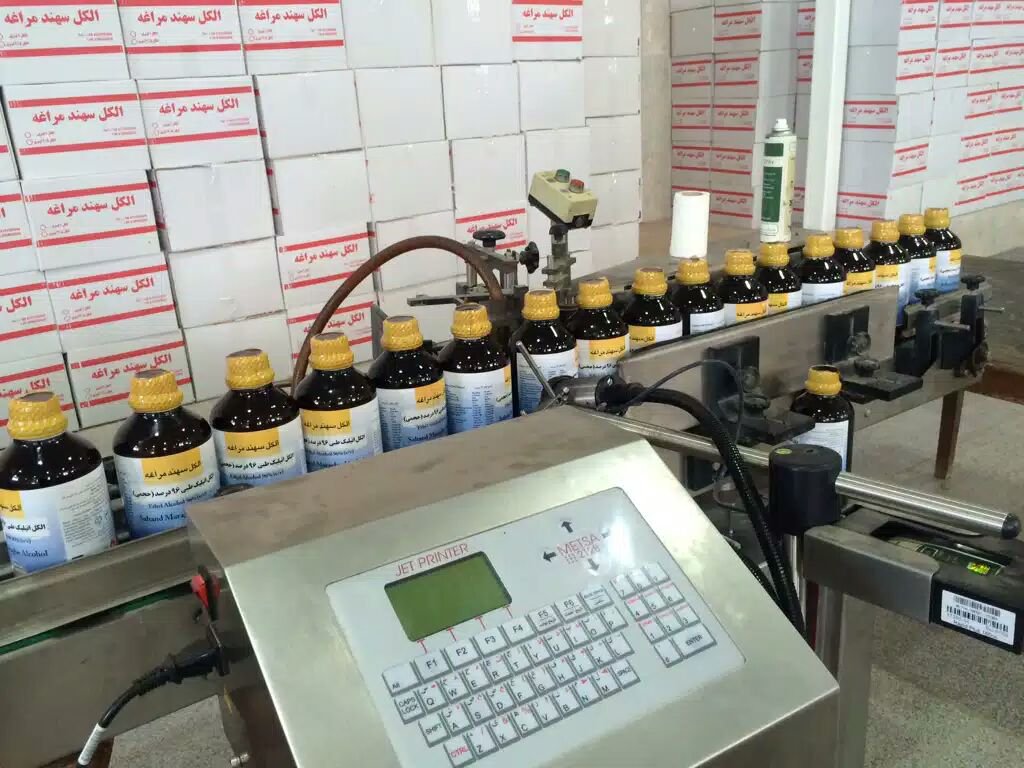
- Seen : 808 View
The term bioethanol (or bioethanol in Farsi) is used even in specialized texts with different interpretations and examples. So maybe it is better to agree on a specific and single definition for this term.
Ethanol or ethyl alcohol or chemical formula CO2H5OH can be produced both by petrochemical method (hydration or in other words indirect reduction or direct reduction of ethylene gas) and by biotechnology method (biotechnology) from various raw materials of natural origin (bio). Ethanol that is produced by the second (biological) method and using raw materials of natural origin, and not from oil and gas (fossil fuels), is called "bioethanol".
The main difference between petrochemical-produced ethanol (or so-called synthetic ethanol) and bioethanol is that the former is a non-renewable fuel of fossil origin, but the latter is a renewable fuel of non-fossil origin. These two products as a fuel do not differ from each other in terms of physical, chemical and functional properties, but their medicinal, health, cosmetic, edible and industrial applications are different.
Today, ninety percent of the ethanol produced in the world is bioethanol, and synthetic ethanol is neither economically nor environmentally significant.
And as for the other uses of the term "bioethanol" in various texts and references and news, which of course are not considered precise uses, one is instead of bioethanol as a fuel (that is, bioethanol with a purity of 96% as a substitute for gasoline, usually in the form of E85, i.e. 85 The percentage of ethanol and 15% gasoline or with a purity of more than 99.2% as a gasoline additive is usually used in the form of E10, E5, i.e. 5 or 10% ethanol in gasoline) and the other is used instead of second generation bioethanol (i.e. bioethanol which is not by taking advantage of traditional raw materials, including plants and side products of sugar and starch plants, but by using special plants for energy production such as switch grass or other biomass sources such as natural lignocellulosic sources or production wastes be done). Whereas, as explained above, bioethanol has a more general meaning and application.
It is true that more than 80% of bioethanol produced in the world is used to replace gasoline and MTBE (the most important additive to unleaded gasoline). But this statistic does not mean that other uses of bioethanol are less important. The non-fuel use of bioethanol in the world has not decreased, but has been and is increasing gradually with a reasonable and healthy trend. This is bioethanol fuel consumption, which has grown exponentially and amazingly, and has led to an increase in the share of fuel ethanol from the total ethanol produced in the world year after year.
We will try to gradually introduce other important uses of bioethanol on this website. But this time, the use of bioethanol as the most important natural disinfectant (non-chemical) is known and used in the world. Bioethanol (or in other words ethyl alcohol or medical alcohol in other words) and disinfectants that are formulated and produced based on bioethanol are of great importance in the cycle of health and have treatment:
1- Bioethanol is a natural disinfectant (from raw materials of plant origin and not of petrochemical origin), one hundred percent degradable in the environment, without skin and internal side effects for the consumer and with a relatively wide range of action.
2- Bioethanol, as the best, most efficient and least harmful hand sanitizer, has no competitors among the colorful and numerous chemical disinfectants available in the market. Using bioethanol to disinfect hands, both in hospital environments and in everyday life conditions, was recognized and approved as the best method to deal with hospital infections, infectious diseases such as hepatitis, AIDS, Sars, influenza (including new types) It is like influenza type A) and . . is.
Saler Company Information










